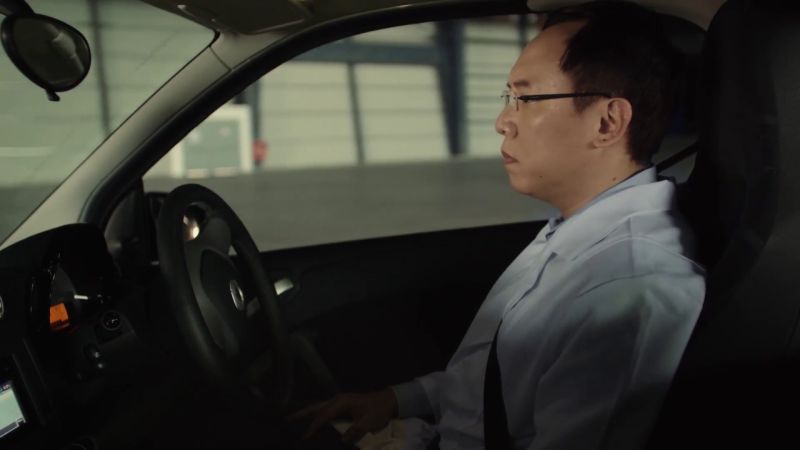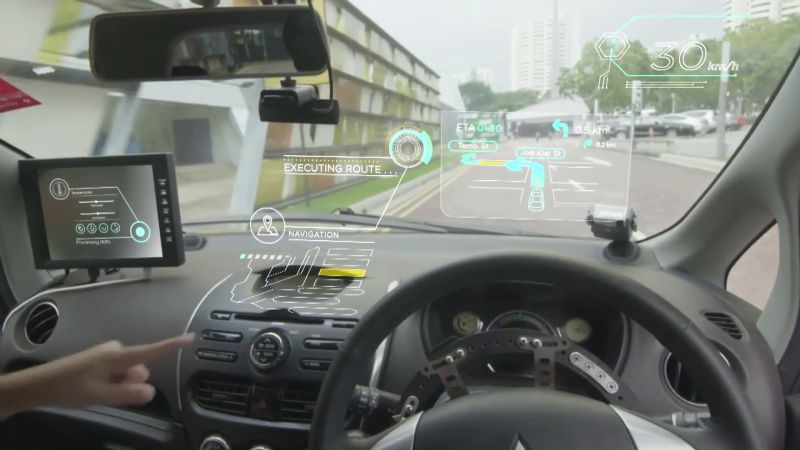Ho Ruian
Self-Driving Vehicle
Whatever happened to the flying car? Not only has this early staple of speculative fiction failed to materialize, it has rightfully been relegated to kitsch, brought up today only as an icon of retrofuturism that speaks to the way that any attempt at predicting the future inevitably sets itself up for embarrassment. Yet, for all its naivete, this projection of futurity through the vehicular survives in the Self-Driving Vehicle (SDV), which populates so many scenarios of the near future. Except that what makes this nascent iconography much less laughable is that the SDV is already a reality, with its mass adoption a prospect that is already transforming industry and society.
What are we to make of this displacement of mechanically propelled flight by algorithmically generated automation as the aspiration of human mobility? Has the desire for verticality, and its attendant possibility of sublation, been abandoned for a relentless horizontal drive that appears to demand no expenditure of labor? Indeed, in most promotional imagery of the SDV, what is made visible is the experience of repose in mobility. In one video of Singapore's Smart Nation initiative, the driver's hands rest by his sides, almost too idly, as if to declare: "Look, no hands!" Relieved from the labor of movement, we enjoy the temporary bliss of experiencing movement in itself, not least a movement which, in shuttling us between home and work, delivers us to the site of labor.
But then there is the steering wheel, spinning autonomously before the comically inactive driver. The joke is that the anachronism of the manually operated dashboard must remain as a check against the failures of the fully automated virtual dashboard. And we only need to recall how the driverless car originated in the popular imagination as an icon not of technofuturism but of modernity's malevolent underside in the form of the supernaturally possessed vehicle to know how easily farce can turn into horror. The horror of there being no perceiving subject behind the dashboard, of pure movement without vision.

Still from a promotional video for the Smart Nation featuring a Self-Driving Vehicle.
Source: youtube.com/watch

Still from a promotional video for the Smart Nation featuring a Self-Driving Vehicle.
Source: youtube.com/watch